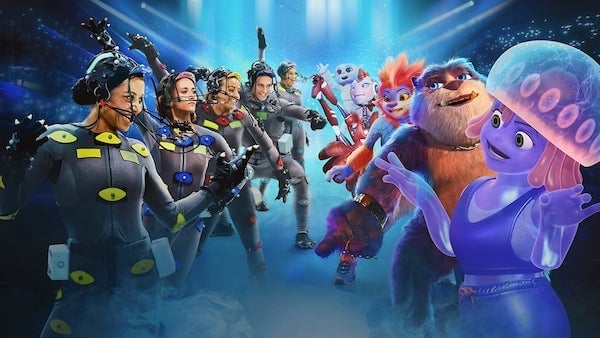ftrack Studio’s beta integrations with Unity and Unreal Engine are available for download today! In celebration, we’ve taken a look at the reasoning behind our new real-time animation integrations and how they will support the future of flexible creativity.
Optimize your real-time workflow
Download Unreal Engine integration
Download Unity integration
Right now, rarely does a week pass where the benefits or quality of real-time animation doesn’t make the news. Recently, we’ve seen headlines on everything from Cubic Motion’s Persona to new green-screen obviating LED walls, The Mandalorian and The Lion King’s virtual production all made headlines.
An increasing number of players are entering the scene too, with the likes of the new physically based EEVEE render engine in Blender and RedshiftRT. (The latter of which allows artists to use Cinema 4D, 3ds Max, Maya, Houdini and more to access the benefits of real-time rendering.)
Each new development paints an exciting picture; a future where all creative industries benefit from the production agility video games have enjoyed for so long is now in eyeshot. And it’s a future that will change the way that we approach creative production entirely.
At ftrack, we want to facilitate and support that change. We strongly believe that production tools must keep pace with the new creative dexterity introduced by real-time. We’ve been working to make that happen.
The animation machine
Imagine the traditional animation and VFX pipeline as something akin to a Rube Goldberg machine. If the marbles are to make a successful run from start to end they must perform their role in the intricate domino effect to perfection. Each precisely engineered contraption must trigger at the right moment, clearing the way for the next in the sequence to play its part.
If everything works, the machine maintains its satisfying, interconnected flow. If something goes wrong, the marbles must be re-set, and the faulty junction re-engineered to better perform its role.
If marbles are assets, the falling bowling balls, levers, and pulleys they encounter along the way are the stages of modeling, animation, lighting and rendering through which they must pass. And like a Rube Goldberg machine, if an asset requires alteration, those ‘marbles’ must be taken out of the flow and replaced upstream, before once again running through the necessary mechanisms and outputting as a successful render on the resulting end.
Real-time significantly changes the approach. In our metaphor, real-time means the Rube Goldberg machine isn’t dependent on linearity. Its engineers can add multiple routes on the fly; designers can build twisting paths that shoot back upstream, turn on themselves, or skip entire mechanisms – all while the marbles continue to run.
Real-time means animation and VFX is no longer a concatenation of events, but an always evolving, elastic process. And it’s a game-changer: this flexible approach to creativity reduces the time spent on managing pipeline and grants more time spent on art.
But the new real-time pipeline also necessitates new ways of managing and tracking the work performed on that art.
ftrack and real-time
The promise of real-time has motivated several development initiatives at ftrack. Our core focus at this stage is the development of new ftrack integrations with the world’s most popular real-time platforms: Unity and Unreal Engine. We wanted to expedite the real-time revolution: the more we can support the simplification of real-time workflows, the more studios will adopt them, and the more fresh, imaginative productions we’ll see.
After all, real-time is no doubt exciting, but increased versatility introduces its own challenges. The marbles may move more gracefully and with greater freedom of movement, but also in more directions. A blueprint is necessary to make sure every marble gets to where it needs to be.
At ftrack, we help to build that blueprint via production tools that can adapt to a more agile way of working. Communication, collaboration, and tracking of assets become all the more critical when alterations don’t require a lengthy rendering process. Changes come quick and fast, and subsequently, understanding the history of work on an asset becomes all the more essential if everyone is to progress in unison.
How ftrack’s Unreal and Unity integrations work
Working via a native ftrack Studio panel in Unreal or Unity, artists and animators can import, version and publish assets, communicate on uploaded assets, view assigned tasks, and check notes and updates on their work. Producers and supervisors can monitor and optimize all ongoing work on a production, organize team workflow, and run online reviews on content.
Using this functionality, creatives can build the blueprint that helps to navigate the fast-moving, spry nature of real-time workflows. Studios can establish the quick iteration of real-time in a dependable framework: they can build, test, and iterate faster than ever, but they’ll still know where the marbles have been and, importantly, their next destination.
Creative studios will always have some element of chaos running through their productions. But like Goldberg’s imaginative, sometimes ridiculous, always fascinating machines, guiding and manipulating that chaos is part of the fun. As real-time continues to change the industry, we’ll make sure ftrack is there to proffer that guiding hand.
You can download our beta integrations with Unity and Unreal Engine today!
Download Unreal Engine integration
Download Unity integration

More from the blog
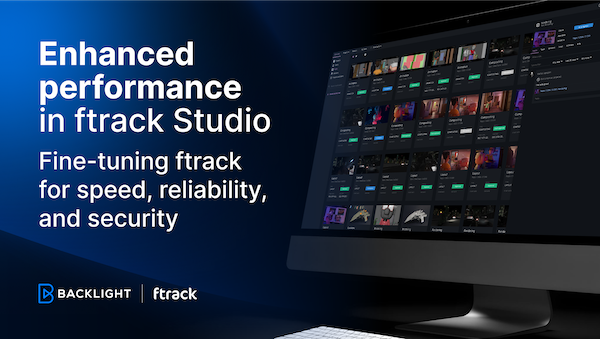
Enhanced performance in ftrack Studio: Fine-tuning for speed, reliability, and security
Chris McMahon | API, Developer, New features, Product, Productivity, Studio | No Comments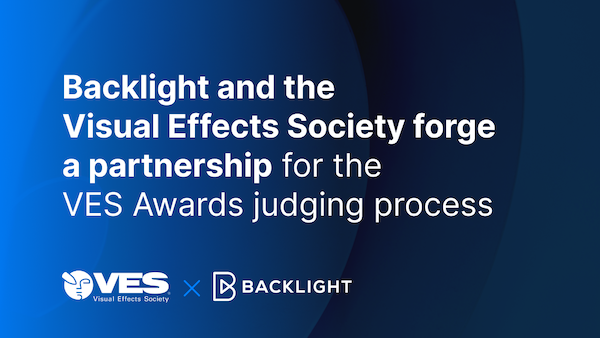
Backlight and the Visual Effects Society forge a partnership for the VES Awards judging process
Kelly Messori | Case Study | No Comments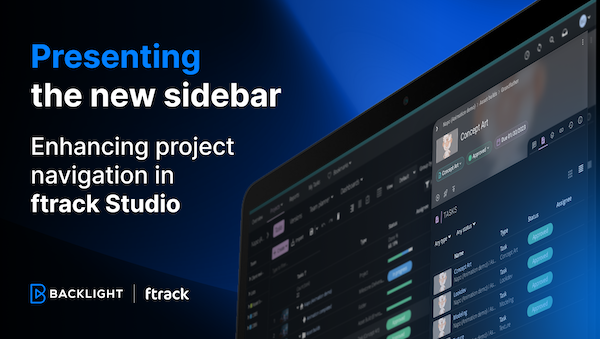
Presenting the new sidebar: Enhancing project navigation in ftrack Studio
Chris McMahon | New features, Product, Release, Studio | No Comments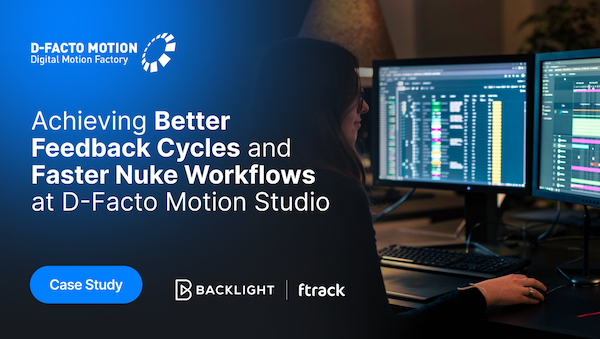
Achieving Better Feedback Cycles and Faster Nuke Workflows at D-Facto Motion Studio
Kelly Messori | Case Study, Studio | No Comments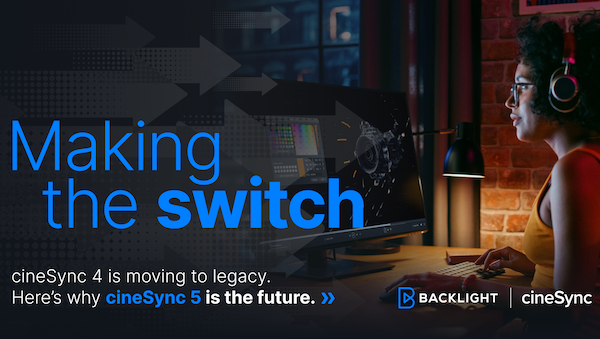
Making the switch: The transition to cineSync 5
Mahey | Announcements, cineSync, News, Product | No Comments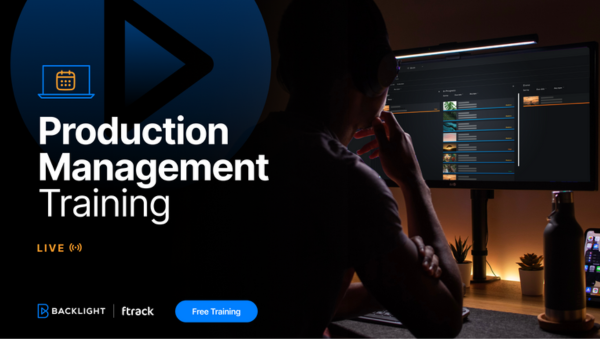
Supporting Your Studio: Free ftrack Studio Training and Office Hours from Backlight
Kelly Messori | News | No Comments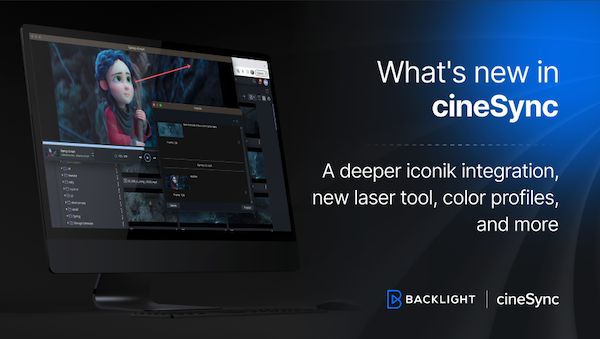
What’s new in cineSync – a deeper iconik integration, laser tool, OTIOZ support, and more
Chris McMahon | cineSync, New features, Product, Release | No Comments